Have you ever tried to control your dreams?
Back in my college days I became obsessed with lucid dreaming -- having dreams in which I was aware I was dreaming and could shape my internal world with thought alone. After a few weeks of practice, I'd trained myself to ask, "Am I dreaming? How do I know?" whenever something in my environment seemed "off." One night I found myself chatting with Kurt Cobain in my living room. "Wait a minute," I said, "Kurt Cobain's been dead for years!" And suddenly I could fly through the roof and off into the sky. For the next few months I spent a few nights every week hurtling through space, defeating mobs of ninjas and sampling the affections of famous actresses. Sue me -- I was 18, and The Matrix was the coolest thing on Earth.
According to a recent paper, though, it may be possible to control someone else's dreams from the outside.
The study, published in September in the journal Nature, investigated whether a specific memory could be activated in a dream, if animals were taught to associate that memory with a particular sound. The scientists put some mice in a maze and played them two kinds of sounds: one that meant "turn right," and one that meant "turn left." Once the mice had learned to run the maze, the researchers gave them some chill time -- or so the mice thought!
In fact, the researchers had made detailed recordings of each mouse's brain activity as it ran through the maze. Then, as the mice drifted off to sleep, the researchers waited for those same brain-activity patterns to reappear in their furry dreams. As each Little Rodent Nemo ran its maze in slumberland, the scientists played each of the sounds again. Not only did the dreaming mice respond to the tones, but their brains reacted exactly as they had when the mice were awake (minus the actual scurrying, of course). In short, these scientists have discovered a way to track and control dreams.
"Seriously?" I can hear some of you saying. "How can we possibly know what a mouse is dreaming about?" And that's a fair question. It's not like we can enter their minds and see what they're seeing. But, as eerie as it seems, we're getting pretty damn close. We know that specific nerve cells in the hippocampus (a brain structure crucial for memory) fire only when an animal returns to a specific place it remembers. Other hippocampal cells fire only when an animal faces in a particular direction, or when it focuses on a specific area of its visual field.
While this isn't exactly Matrix territory, it's enough for scientists to consistently predict, based solely on brain activity, that a mouse is, say, standing in the upper-left corner of the maze, facing left, looking at an object it recognizes in the right-hand corner. So when researchers detect a telltale hippocampal activation pattern when a mouse is dreaming, it's a safe bet that the same predictive power holds true.
It'll probably be a while before we can program our dreams as we would a computer, but even so, it's not hard to see how simple technologies like this could have profound implications for people who experience recurrent nightmares as a result of traumatic memories. And what about you? If you could pre-program a device like this to trigger specific scenes you'd memorized, would you try it? Or do you prefer to let your dreams take you wherever they please?